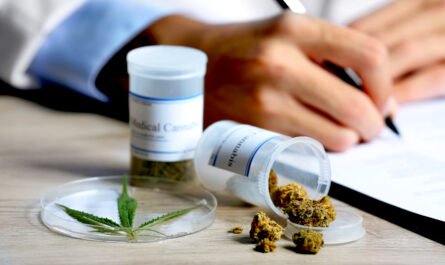
The amyotrophic lateral sclerosis (ALS) treatment market consists of drugs used for treating ALS, also known as Lou Gehrig’s disease. ALS is a progressive neurodegenerative disorder that destroys motor neurons, the nerve cells in the central nervous system that control voluntary muscle movement. The first FDA approved drug riluzole (Rilutek) provides modest benefits for ALS patients by inhibiting glutamate activity and prolonging survival by 3 months on average. Due to the lack of effective treatments, there is high unmet need which drives extensive research and development activities in this market.
The global amyotrophic lateral sclerosis treatment market is estimated to be valued at US$ 692.77 million in 2024 and is expected to exhibit a CAGR of 4.6% over the forecast period 2023 to 2030.
Intensified research and partnerships between pharma companies and research institutes have led to a steady pipeline of drug candidates under clinical trials. If successful, these could address the limited treatment options and drastically improve patient outcomes.
Key Takeaways
Key players operating in the amyotrophic lateral sclerosis treatment market are Orion Corporation, Bausch Health Companies Inc., CYTOKINETICS, INC., Aquestive Therapeutics, Inc., Sanofi, Covis Pharma, Sun Pharmaceuticals Industries Ltd, Mitsubishi Tanabe Pharma Corporation, BrainStorm Cell Limited, ViroMed Co., Ltd, Ionis Pharmaceuticals, Genervon Biopharmaceuticals, LLC, Biogen, Orphazyme A/S, Apotex Inc, Neuralstem, Inc., Implicit Bioscience, F. Hoffmann-La Roche Ltd, AB Science, and ADVANZ PHARMA.
The growing prevalence of ALS globally, especially in developed countries, is driving increased demand for treatment options. According to the ALS Association, approximately 5,000 to 6,000 new ALS cases are diagnosed each year in the United States alone.
Pharmaceutical companies are expanding their geographical footprint through strategic collaborations and licensing agreements to commercialize their drug candidates globally and address the rising disease burden. For example, Orion partnered with Mitsubishi Tanabe Pharma to develop and commercialize its sodium channel blocker for ALS in Japan.
Market Key Trends
One of the key trends in the ALS treatment market is the increased focus on developing novel treatment mechanisms beyond just glutamate inhibition. A strong pipeline includes antisense oligonucleotides, gene therapies, stem cell therapies, and programs targeting neuroinflammation and protein aggregates. Notable candidates are Tofersen (Biogen), Nusinersen (Biogen/Ionis), and VY-AADC (Voyager Therapeutics). Their clinical success can reshape the market dynamics over the forecast period.
Porter’s Analysis
Threat of new entrants: Low barriers to entry due to high R&D costs and clinical trials required in this market.
Bargaining power of buyers: Buyers have moderate bargaining power due to availability of limited treatment options in the market.
Bargaining power of suppliers: Suppliers have high bargaining power due to intellectual property protection and differentiated products.
Threat of new substitutes: Low threat as there are limited treatment options available for ALS.
Competitive rivalry: High as key players are involved in product innovation to gain higher market share.
Geographical Regions
North America region dominates the global Amyotrophic Lateral Sclerosis Treatment market in terms of value owing to developed healthcare infrastructure, availability of reimbursement policies and presence of major players.
Asia Pacific region is expected to witness fastest growth during the forecast period attributed to increasing healthcare expenditure, growing public awareness about ALS and rising patient population.
*Note:
- Source: Coherent Market Insights, Public sources, Desk research
- We have leveraged AI tools to mine information and compile it

